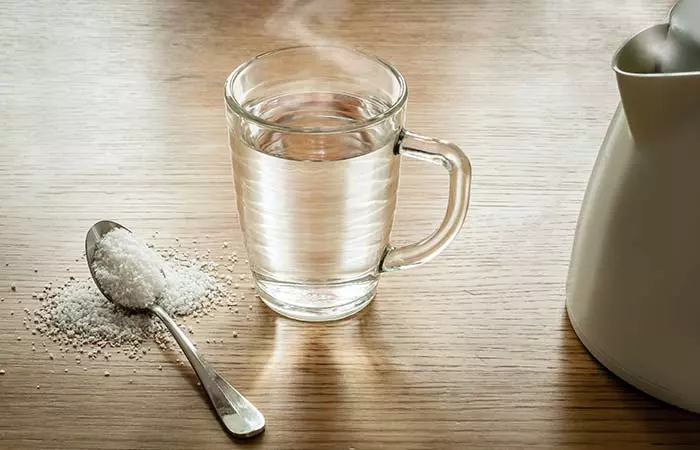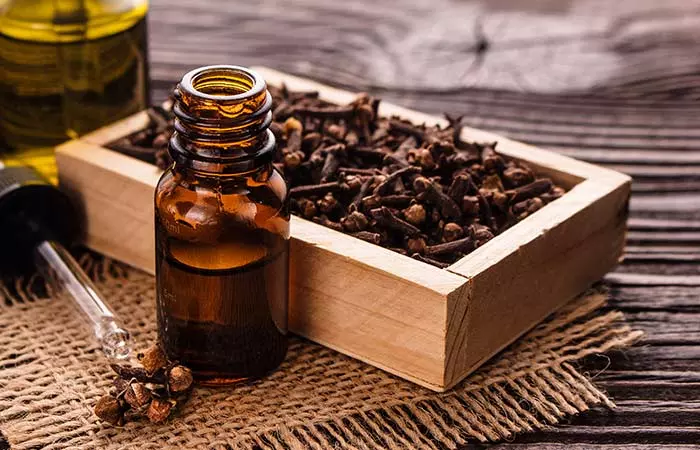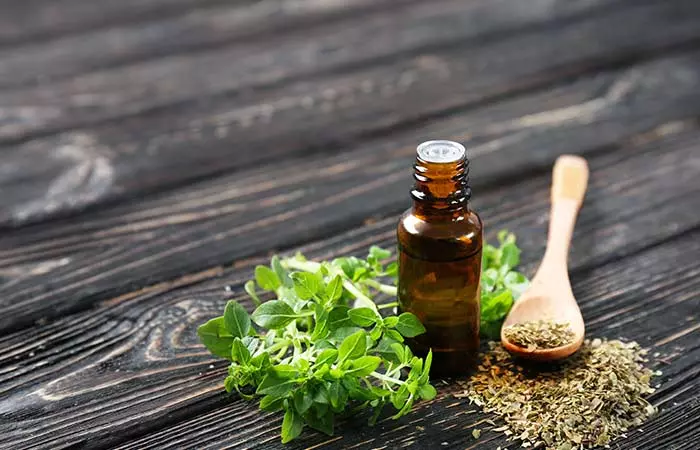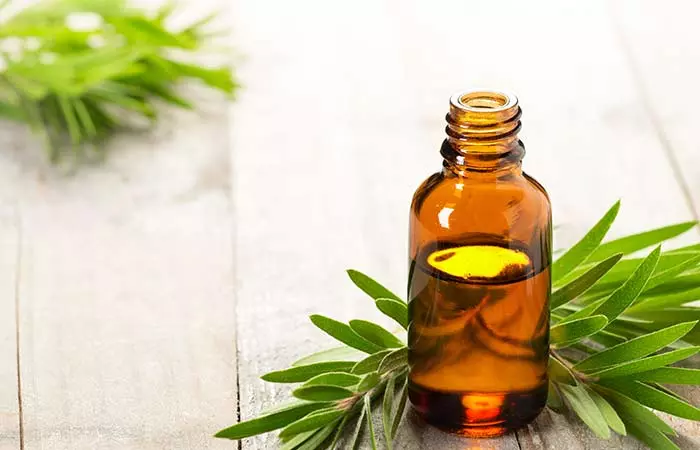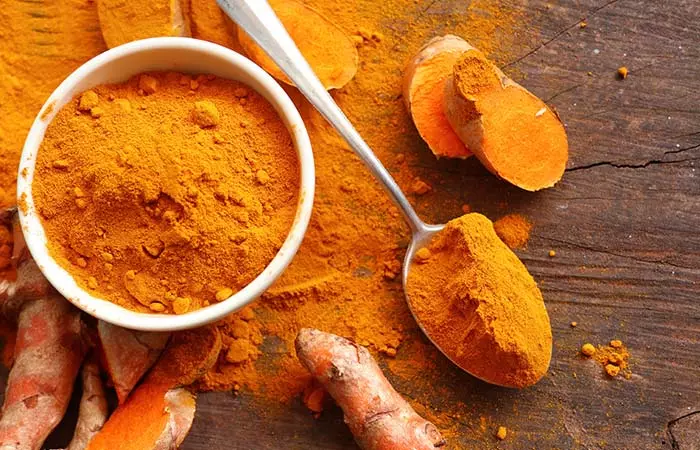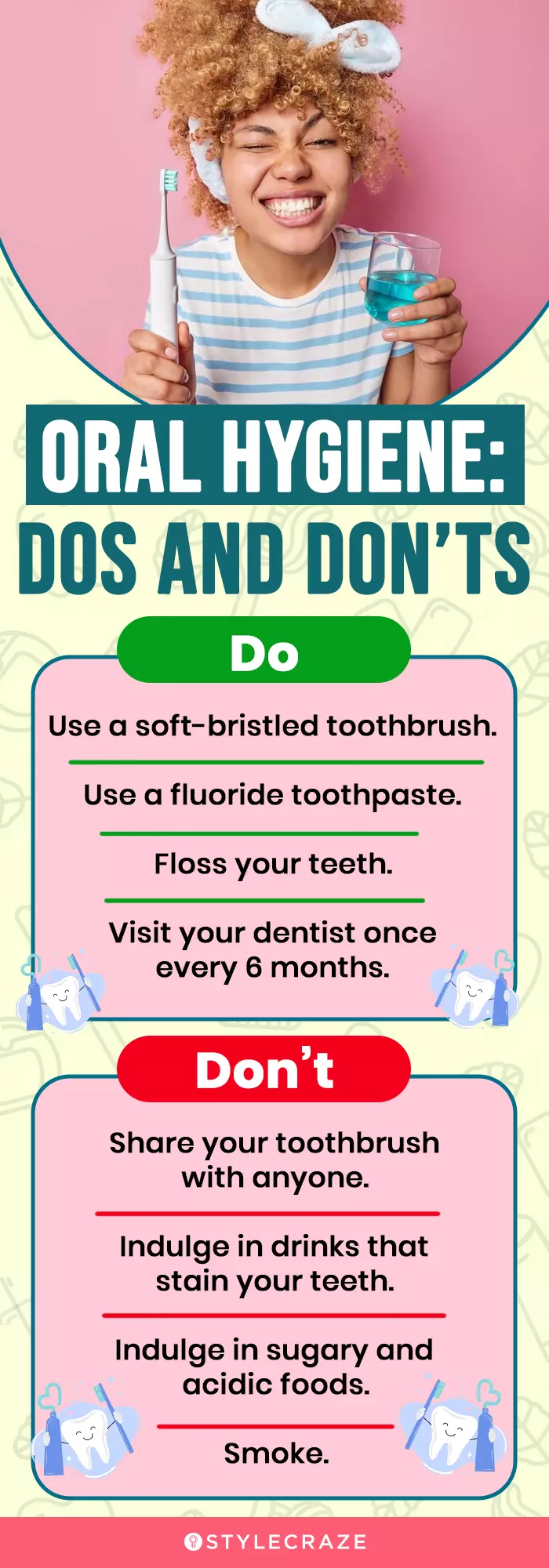About 0.5–5.6% of patients have dry sockets. The statistic rises to 30% following the surgical removal of a third molar (1). It might sound alarming, but don’t worry. In this article, we explained the causes and home remedies for dry socket pain and how to prevent it. Keep reading.
What Is Dry Socket?
You may have visited a dentist for a tooth extraction procedure. Sometimes, the extraction procedure can end up exposing a part of or the entire bone within the socket. It can remain exposed for a long time without being covered by a layer of epitheliumi Layer of cells that cover all outer body surfaces and line all hollow organs and body cavities. or blood clot. This can cause acute pain. This is known as dry socket or alveolar osteitis. It is observed mainly in the case of molar extraction (2). Researchers are still not clear as to what causes dry socket or alveolar osteitis. Some of the causes may be as follows.
What Causes Dry Socket?
The possible causes of dry socket include:
Bacterial Contamination: Sometimes, after the extraction of a tooth, the blood clot does not form effectively or is disintegrated. This part of the socket is then open to bacterial contamination, thereby aggravating the condition (3). Trauma At The Surgical Site: When the location of the extraction experiences trauma, especially from a problematic extraction, it increases the likelihood of developing alveolar osteitis. Premature Dislodgement Of The Blood Clot: After the extraction, a blood clot forms at the base of the tooth. Before this can heal and get filled up, if the clot gets dislodged, dry socket can set in, causing acute pain.
At this stage, you are probably curious to know what puts you at the risk of getting dry socket. Read on to find out.
Risk Factors For Dry Socket
Improper Follow-Up Of Post-Surgery Guidelines: After tooth extraction, if you do not follow the instructions diligently, you stand at the risk of developing dry socket. History Of Dry Socket: A history of dry socket can increase the risk of developing it in the future. Tooth Or Gum Infection: An infection of the tooth or the gum around the site of extraction can make you susceptible to dry sockets. If you experience pain, it’s important to be proactive and consider home remedies for gum pain and infection to prevent the potential complication.
Smoking: The major component of cigarettes is tobacco, which can hinder the healing of the wound. Oral Contraceptives: Oral contraceptives contain high levels of estrogeni Sex hormones responsible for sexual and reproductive development and health in women’s bodies. . This may end up disrupting the normal healing process and increase susceptibility to dry socket.
Wendy, a blogger, who had a dry socket after a tooth extraction shares her frustration about the aftercare on her blog: “This is what I (still) have to do. I eat some food (soft like soup or mashed potatoes) so I can take the medication, but the food irritates my tooth and jaw, so if I didn’t need medication before I certainly need it now. After I eat anything I have to rinse with water, brush my teeth, and then rinse with mouthwash. Then I have to shove a clove oil-soaked tiny cotton ball into the toothless socket. After all this, I lie on the couch with an ice pack until everything kicks in (i).” How do you know if you have dry socket? Find out below.
What Are The Symptoms Of Dry Socket?
The symptoms include:
Acute pain from the socket to your ear up to your temple after the extraction procedure. Premature dislodgement of the blood clot at the site of surgery. You may be able to see the bone where the tooth was removed. Foul breath
If you suspect that you have dry socket, it is better to visit your dentist and get yourself diagnosed.
How Is Dry Socket Diagnosed?
If you complain of severe pain right after a tooth extraction, the dentist will invariably suspect dry socket. They will examine your mouth for an exposed bone as a result of dislodgement of the blood clot. They may also ask for X-ray scans of your jaw to rule out further complications.
How Do Dentists Treat Dry Socket?
Your dentist will prescribe medication, including painkillers. They may suggest the following:
Before and after the surgical procedure, you may have to take antibacterial gels or mouthwashes. They may prescribe antibiotics to prevent infection. Dressing is applied to the wound.
Your dentist will first try to flush the exposed socket to remove the debris. The cavity is dressed with a medicated dressing after applying anesthetic to the site. In addition to following your dentist’s advice and treatment, you can also use the home remedies listed below to manage the symptoms of dry socket.
9 Home Remedies For Dry Socket
1. Warm Salt Water
The iodatesi A class of iodine-containing chemical compounds that is colorless. in common salt exhibit antimicrobial properties (4). This can help in eliminating oral contamination by bacteria, thereby reducing the risk of a dry socket setting in.
1 glass of warm water 2 teaspoons of salt
Repeat 2-3 times daily.
2. Cold And Warm Compress
After dental surgery, patients experience swelling and pain in the jaw. Using a cold pack helps reduce inflammation and pain after surgery (5). You may also use a hot pack near the affected site to reduce pain.
A hot/ice compress A bowl of water
Repeat as needed until the pain subsides.
3. Clove Oil
Clove oil for toothache is a known remedy. However, using clove oil is a good solution and it applies here as well. The eugenoli Also known as clove oil, it is a fragrant oil extracted from cloves used to add flavor to food and drinks and as a herbal aid. in clove oil exhibits antimicrobial and analgesici A drug administered to relieve pain from headaches or inflammatory issues like arthritis. properties (6). These properties can help reduce pain and fight infection arising from dry socket.
A sterile cotton ball 2-3 drops of clove oil
Repeat 2 times daily until the pain reduces.
4. Black Tea Bags
Black tea contains tannins. Research shows that tannins possess antimicrobial properties that may prove to be helpful in fighting oral infections (7). Hence, black tea may help reduce infection around the dry socket and aid pain relief.
A black tea bag 100 mL of boiling water
Repeat once daily.
5. Honey
According to a study published in the National Journal of Maxillofacial Surgery, honey can help in managing the edemai A medical condition in which swelling or puffiness is caused by excess fluid in body tissues. , inflammation, pain, and discomfort (8). It can also help prevent infection in the affected area.
A sterile cotton ball or gauze 1 tablespoon of honey
Repeat 3-4 times daily. Don’t forget to change the cotton ball every time.
6. Aloe Vera
A study published in the Journal of Oral and Maxillofacial Surgery shows that a patch containing aloe vera gel can significantly reduce the incidence of alveolar osteitis (9). 1 teaspoon of aloe vera gel Repeat 2 times daily. 7. Essential Oils
(a) Oregano Oil
Oregano oil possesses antibacterial properties (10). This can help in fighting the infection that is caused when dry socket sets in and improves oral health.
A sterile cotton ball or gauze 2-3 drops of oregano oil
Repeat 3-4 times daily. Ensure that you use a new cotton ball with every use.
(b) Tea Tree Oil
Tea tree oil has anti-inflammatory and antiseptic properties (11). It can be used as a topical formulation at the site of the dry socket to help reduce swelling and infection.
A sterile cotton ball or gauze 2-3 drops of tea tree oil
Repeat 3-4 times daily until the swelling reduces. Change the cotton ball every time.
8. Chamomile Tea
Chamomile has been widely used for its antibacterial and anti-inflammatory properties since ancient times (12). These properties can help reduce inflammation at the site of the dry socket and also fight bacterial activity in the oral cavity.
A chamomile tea bag 100 mL of boiling water
Repeat once daily until the inflammation reduces.
9. Turmeric
Turmeric contains curcumin, which has anti-inflammatory and antimicrobial properties. It can help reduce pain, inflammation, and discomfort associated with dry socket (13).
1 teaspoon turmeric powder A few drops of carrier oil
Repeat this procedure 2 times daily. These were a few easy-to-do home remedies to help take care of the dry socket from the comfort of your home. If you follow them diligently, you will find relief from the pain and soreness in your gums. Additionally, anecdotal evidence suggests that adding a salt water rinse to your dental care routine and using a tea bag compress may help reduce pain associated with dry sockets. Here are a few ways in which you can prevent dry socket.
How Can I Prevent Dry Socket?
Right after the procedure, make sure not to throw away the medicated gauze as it may lead to blood clot dislodgement. Maintaining oral hygiene is very important after tooth extraction. Consume only liquids and fluid foods for a few days after extraction. Use medicated mouthwash to avoid bacterial contamination. Gently massage the site of tooth extraction with clove oil on a sterile cotton ball. This will help prevent further infection. Using tobacco products like cigarettes can hinder the healing process after the extraction of a molar (14). The action of drawing a puff of smoke can also lead to dislodgement of the blood clot after the extraction. Hence, avoid smoking.
What can I buy over the counter for a dry socket? Advil (NSAID) and Tylenol (analgesic) are common over-the-counter oral medications for treating a dry socket. Can I put Orajel in a dry socket? Yes, orajel is a pain-relieving gel that can be used for relieving dry socket pain. However, it is recommended that you use it under a dentist’s guidance. How long does dry socket last untreated? Dry socket may last up to a week if left untreated. However, as it causes moderate to severe pain, most individuals with a dry socket opt to get medical attention. In addition, an untreated dry socket may cause complications such as injections or delayed healing.
Illustration: Home Remedies For Dry Socket And Prevention Tips
Learn about the troubling condition of dry sockets after tooth extraction. Check out this video to explore its symptoms, causes, and effective treatments for a speedy recovery. Get the knowledge you need for optimal oral health.
